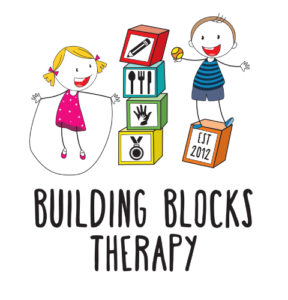
What is attention?
Paying attention seems like such a simple process – we just do it! But there is much more to it than we think.
Every day we use attention skills to assist us in selecting and focusing on tasks. We then use concentration skills to sustain our attention to that specific task. Using these skills allows us to filter through irrelevant stimuli to be able to focus on the most important information at that moment.
What does reduced attention/concentration look like?
– Not being able to focus on a task when required, or when it is too challenging
– Easily distracted
– Difficulty following instructions
– Unable to sit still
– Becoming easily overwhelmed by large amounts of information
– Making the same mistakes repeatedly
– Find it physically difficult to calm down or alert themselves
– Constantly jumping between many activities, rather than completing one before moving on
What are the factors influencing a child’s ability to pay attention/concentrate?
– Sensory processing difficulties
– Core strength
– Self-regulation difficulties
– Auditory processing difficulties
– Environment
– Reduced motivation
– Learning disability or existing diagnosis
How can we improve our children’s attention and concentration?
Movement breaks: Physical activity is great for attention and concentration! It is so important to incorporate regular movement breaks throughout the day. A movement break can be done easily at home and in the class room and often require little to no equipment.
Fidget tools: Why would we give a child something to fidget with?! The children who are always fidgeting are seeking extra sensory input to help themselves stay regulated. We refer to these children as having a higher threshold to neurological input. When we reach our threshold for input, our mind is alert, meaning we can pay attention more easily. Fidget tools provide extra sensory input in a less distracting way.
Building Blocks Therapy offer a great range of fidget tools online! You can view and buy here.
Timers: These are a great tool to use with children as they can see how much time they have left to do their work. Timers can be used as a warning when transitioning between activities – ‘in 5 minutes we are going to start handwriting’
View and buy timers here.
Flexible Seating Options: This gives students different types of sensory input, which is great for increasing attention and concentration, as well as developing their core strength as well! Balance discs are a fantastic flexible seating option, allowing children to fidget in their seats without getting up. You can view these here.
Break the task into smaller pieces: As children complete small parts of a big task, they feel a sense of accomplishment and be motivated to keep going. It is much easier to complete small parts at a time rather than one big chunk!
Visual schedule: Some children can lose attention quickly simply because they have forgotten what the next part of the activity was, or they aren’t sure about what it is exactly that they should be doing. Providing them with a visual schedule that includes all parts of the task to complete is a great tool to keep children on track. You could even make it into a checklist to motivate children to tick off when they have completed a task!
Memory games: Teach children how to concentrate! The simple act of focusing for a length of time, while in the mental ‘play space’ of a game, is a valuable practice of concentration skills. Card games such as Go Fish, Snap, Memory and Happy Family are great. Commercial games like Guess Who, Uno, Battleships and Jenga are also examples of games to help practice the skill of concentration.
If you have concerns regarding your child’s attention and concentration, please consult an Occupational Therapist at Building Blocks Therapy
Sharni Wright
Occupational Therapist
